► Family SUV returns for a new generation
► New look, new hybrids and fresh interior…
► But still cheap. Worth choosing?
The fast-paced nature of Chinese car manufacturers makes it blindingly obvious when a product is new and when it is not. Take the impressive, class-leading MG4, one of MG’s ‘new generation’ cars, and compare it with the old HS. This is a car that was well off the pace of the best family SUVs, but partly forgivable because of its impressively low price.
However, such is the rate of growth at MG that just a year after the HS had its last facelift, the firm is back with a completely new version that promises some big improvements. But does MG finally have the car to worry the Nissan Qashqai and Kia Sportage?
At a glance
Pros: Great value, spacious interior, impressive PHEV
Cons: Inefficient petrol engine, annoying driver assists, fiddly touchscreen
What’s new?
MG now sells more cars than it ever has in its 100-year history, and the bulk of its sales come from the HS. It accounts for a third of MG’s tally, and as of July 2024 is the UK’s eighth-best-selling car – ahead of the Vauxhall Corsa and Volkswagen Golf.
So despite not being the best car in its class, the HS is a lesson in never underestimating the importance of having the right car at the right price. It’s essentially a Nissan Qashqai rival available for Nissan Juke money.
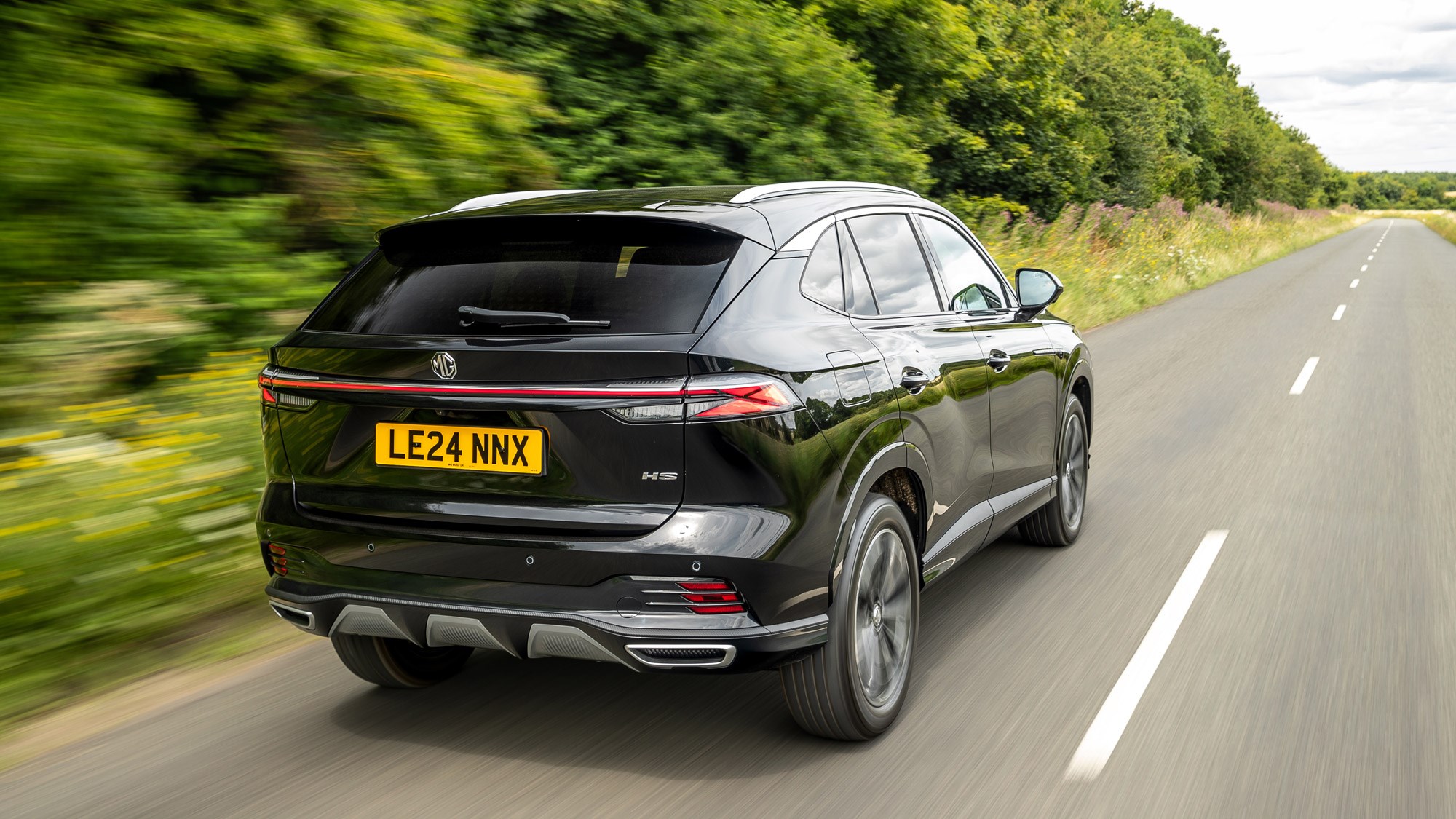
This new model promises some big improvements across the board. It’s larger, and therefore more spacious inside, and gets a much more modern appearance than its predecessor. It looks like it could be anything to come out of China with its coupe styling, big grille and light bar being par for the course, but it’s generally quite a smart thing.
There are some major changes under the surface, especially with a new plug-in hybrid that promises to be a bit of a game-changer in the company car market thanks to its exceptional claimed 75-mile electric range and subsequent low tax rates.
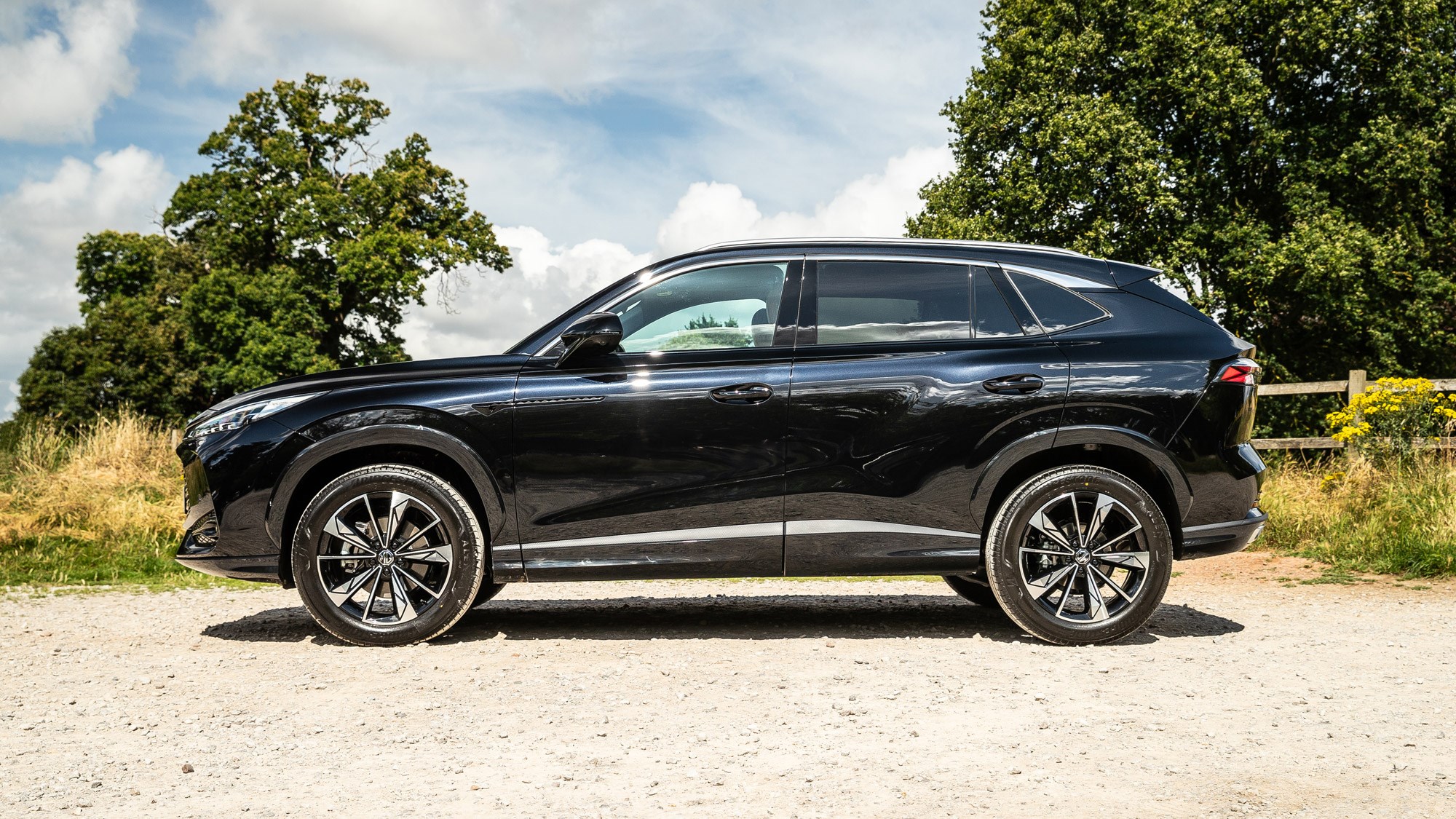
Despite this, the HS remains a value-packed opposition. Prices start from £24,995 for the petrol and £31,495 for the PHEV. For comparison, the cheapest petrol Kia Sportage is £29,390, while you’ll need more than £40,000 to get in the plug-in.
What are the specs?
While the engine in the HS retains the same 1.5-litre capacity, MG says that’s the only similarity. The same basic unit is used across the range, including the plug-in hybrid and hybrid model that will arrive in 2025.
The cheapest way into an HS is with the regular petrol model, which puts out 167bhp and 202lb ft of torque. A six-speed manual is standard, but a seven-speed DCT is available for an extra £1,500. Performance is quite leisurely, 0-62mph takes 9.6 seconds and a 121mph top speed is possible and fuel economy below average – even the claimed figures are below 40mpg.
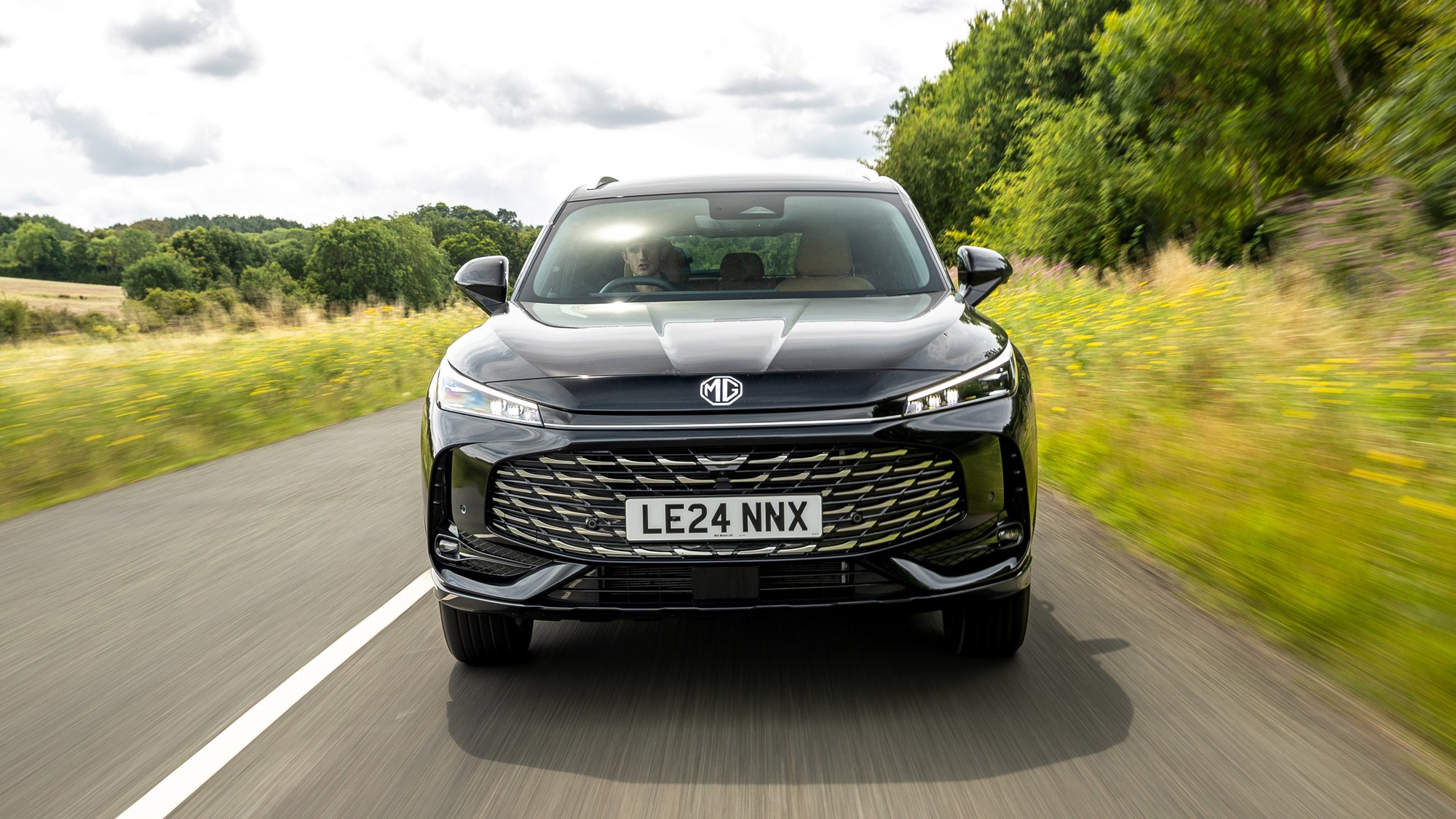
But the star of the show is the new plug-in hybrid, which uses a 207bhp electric motor and 140bhp engine, combining together to make 303bhp and 432lb ft of torque. Performance is never as brisk as the initial figures suggest, with it offering 6.8-second 0-62mph time and the top speed capped to 102mph. Best keep your HS off the autobahn, then.
Plug-in hybrid – range and charging
The plug-in hybrid is expected to prove popular, not least because it packs a huge 24.7kWh battery that unlocks an impressive 75-mile electric range. That’s significantly more than the previous car’s 16.6kWh unit that allowed for a measly 32-mile EV range.
It’s an exceptional electric range for a plug-in hybrid of this size and price, and also unlocks some big potential in the company car world, as its 12g/km CO2 emissions place it in a five per cent company car tax banding.
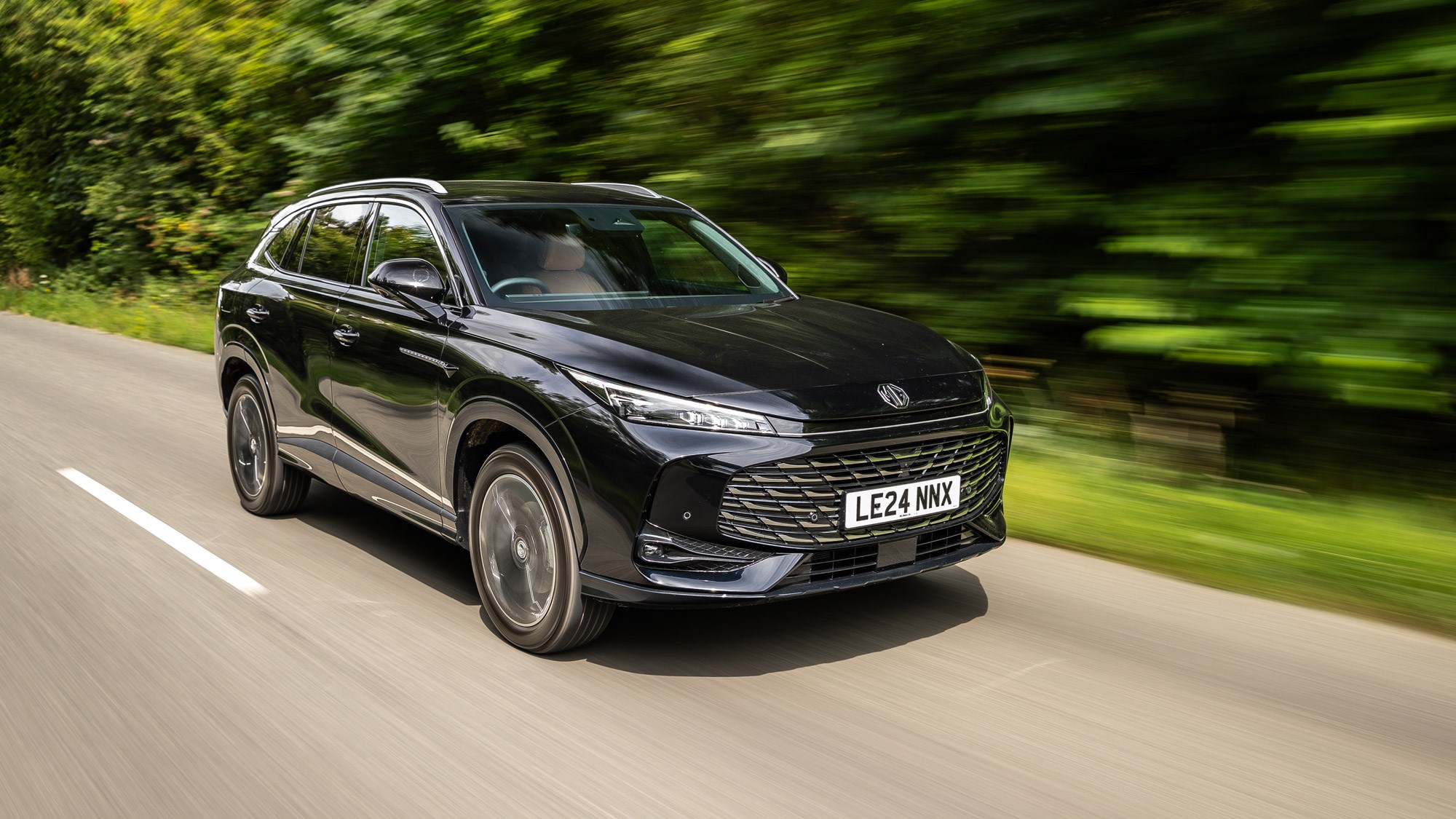
Unlike the new wave of PHEVs, including the Volkswagen Tiguan, the HS doesn’t have any CCS rapid charging capability, and is capped at 7kW AC, meaning you’ll need four hours to charge the battery up. Fine if you can do this at home or at an office car park, but not great if you’re always on the go.
How does it drive?
The previous MG HS, the PHEV especially, was quite dire to drive, but this new model is a significant improvement in just about every area.
The regular 1.5-litre petrol engine is still nothing special, but smoother and more refined than the same-capacity unit it replaces, though is still let down by a sluggish seven-speed DCT and below-average fuel economy. The fact MG’s quoted figure isn’t more than 40mpg speaks volumes. The PHEV is where it’s at, a revelation in fact, and similarly priced to plenty of non-hybrid rivals. It drives far more like an EV and seemingly seems to be propelled by electricity more than the engine. Even if you mash the throttle in sport mode, the engine is hardly audible. We’re yet to drive it without any electric charges, so it would be interesting to see the result when the 140bhp engine is left to its own devices.

Despite all models sitting on larger 19-inch alloy wheels as standard, the ride is much better. Occasionally lumpy but comfortable for the most part, and handles urban potholes with ease. Ideal for the school run. There’s no noticeable change in ride quality between the petrol and plug-in, which is exceptionally impressive given it’s carrying around 300kg of extra batteries onboard. Some clever suspension retuning has certainly proven effective.
It’s still not the best car in its class to drive, there’s not a lot of feedback through the wheel, though the steering itself is direct, and if you carry too much speed into a corner and the car quickly feels overwhelmed. But the HS is more at home at a gentle saunter than it is being thrashed, which is what most of its audience is going to be doing anyway.
What about the interior?
The HS’ interior was previously one of the car’s saving graces, and things have improved further as part of this facelift. It’s great to look at, adopting the ubiquitous merged digital dial and touchscreen, and the same squared-off steering wheel from the MG4.
The touchscreen itself isn’t the best to use, with certain features having a slight lag and the climate functions controlled within the main system being far too fiddly to operate on the move. If you’re using Apple CarPlay and Android Auto, which it’s worth noting is now wired only, there’s no way of changing the temperature without reverting first to the home screen.
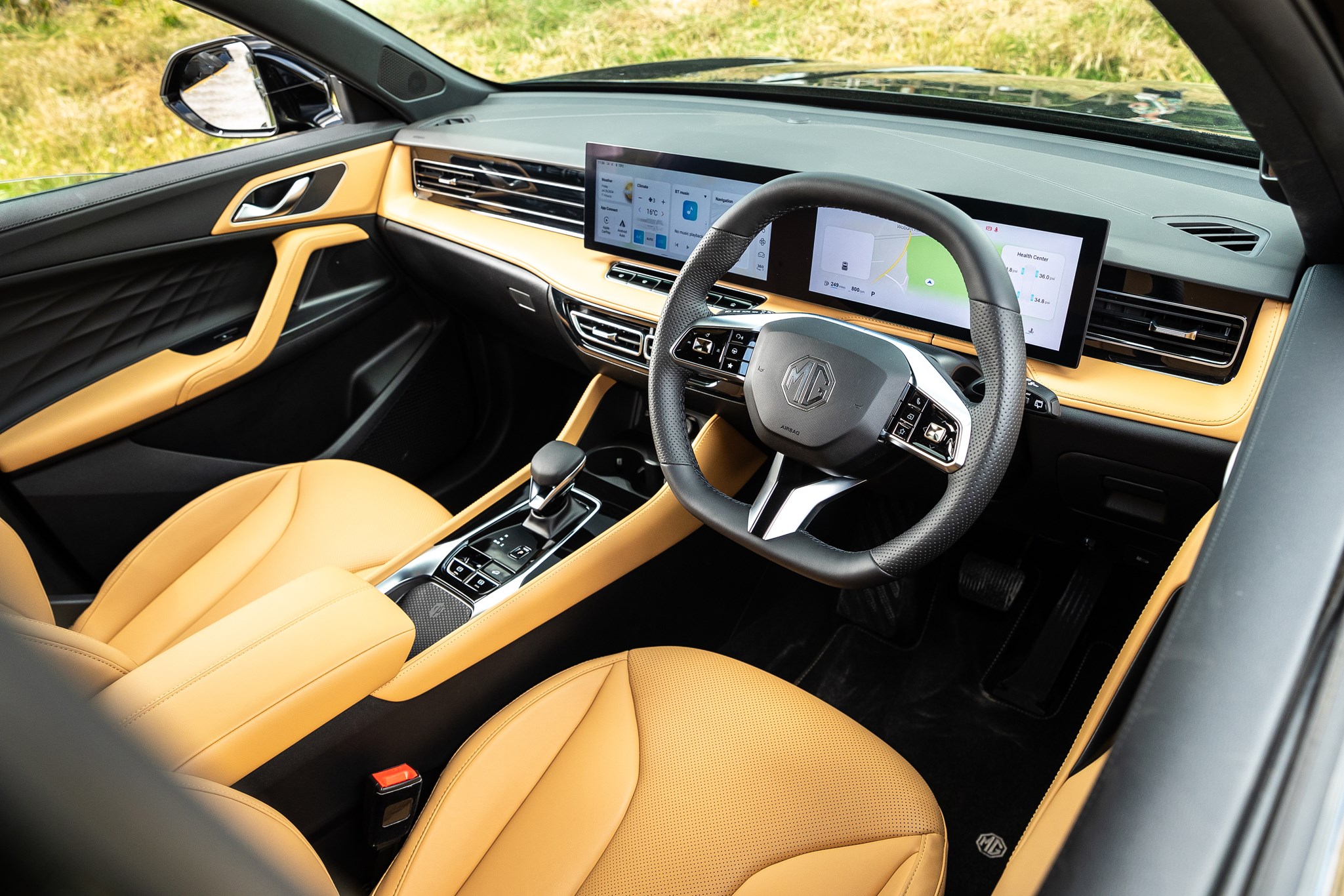
Speaking of annoying tech, the driver awareness camera on the A-pillar, almost Big Brother-like in the way it’s always watching, is far too sensitive, bonging repeatedly even if you often are looking at the road. If you dare glance at the touchscreen, something you have to do for almost any of the car’s features.
Material quality is largely good, with plenty of soft-touch materials used throughout, even for rear passengers as manufacturers often penny-pinch back here. There’s a slight feeling of the HS being faux premium, with a constant doubt over the cabin’s longevity, at least when kids have tried to destroy every square inch of it.
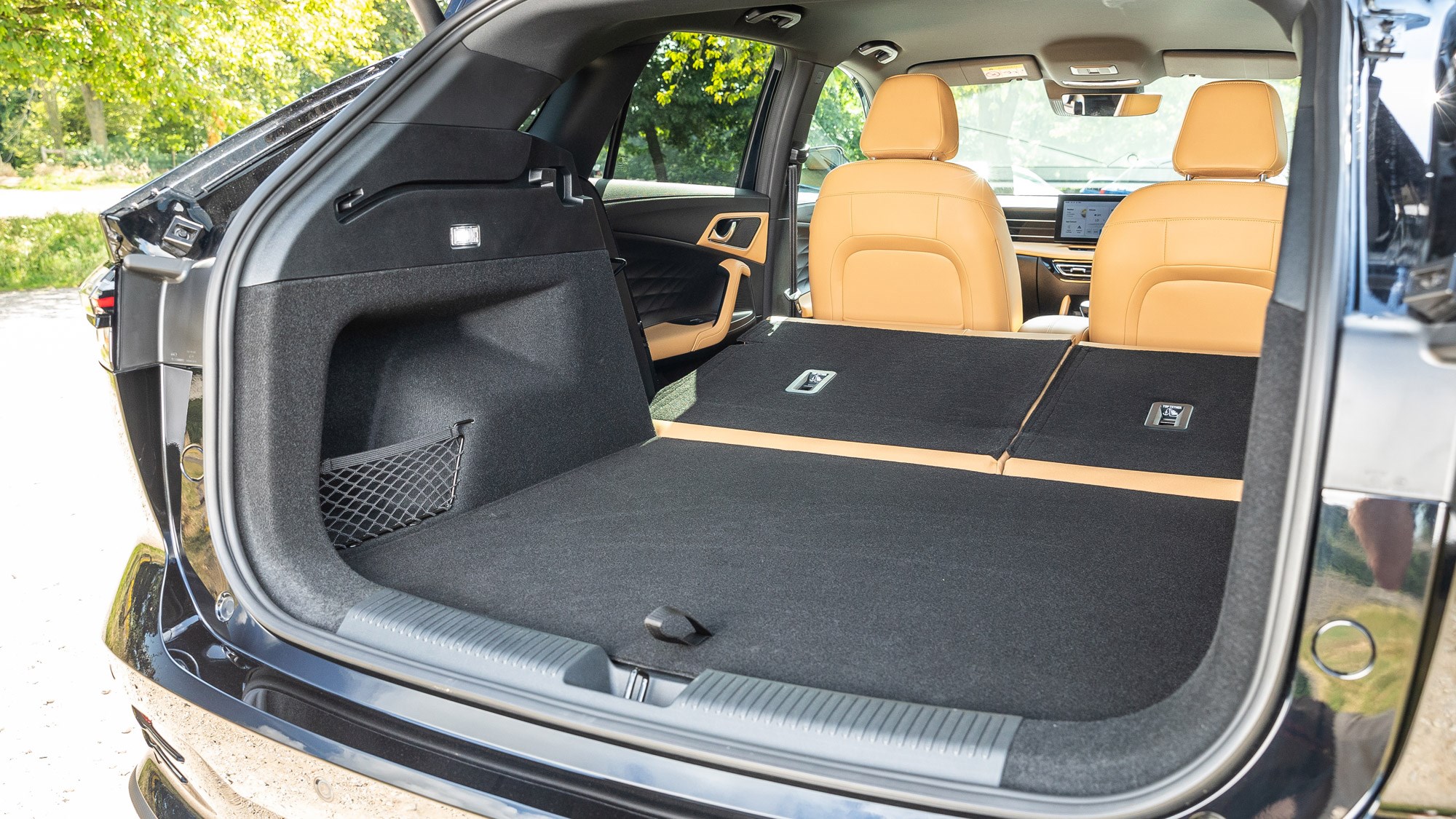
With plenty of rear-seat space and a larger 507-litre boot, the HS is well setup for family car duties. Impressively considering the massive battery used, the boot on the plug-in hybrid is just as big as the regular petrol. The interior isn’t as clever as some rivals, though, with no individually folding rear seats and no sliding functionality like on the Skoda Karoq.
Before you buy
The HS’s key talking point remains the price, £24,995 for the petrol and £31,495 for the PHEV is extremely good value. If the regular hybrid version slots somewhere in the middle of that, it will be a seriously attractive proposition, at least when you consider an entry-level Toyota RAV4 comes in at £39,885. Strong residuals also mean it should be good value on finance, though offers are still to be confirmed.
Regardless of trim, there’s the choice of two trims – SE or Trophy. Standard equipment is very generous, including 19-inch alloy wheels, an electric driver’s seat, keyless entry and the full digital dashboard.
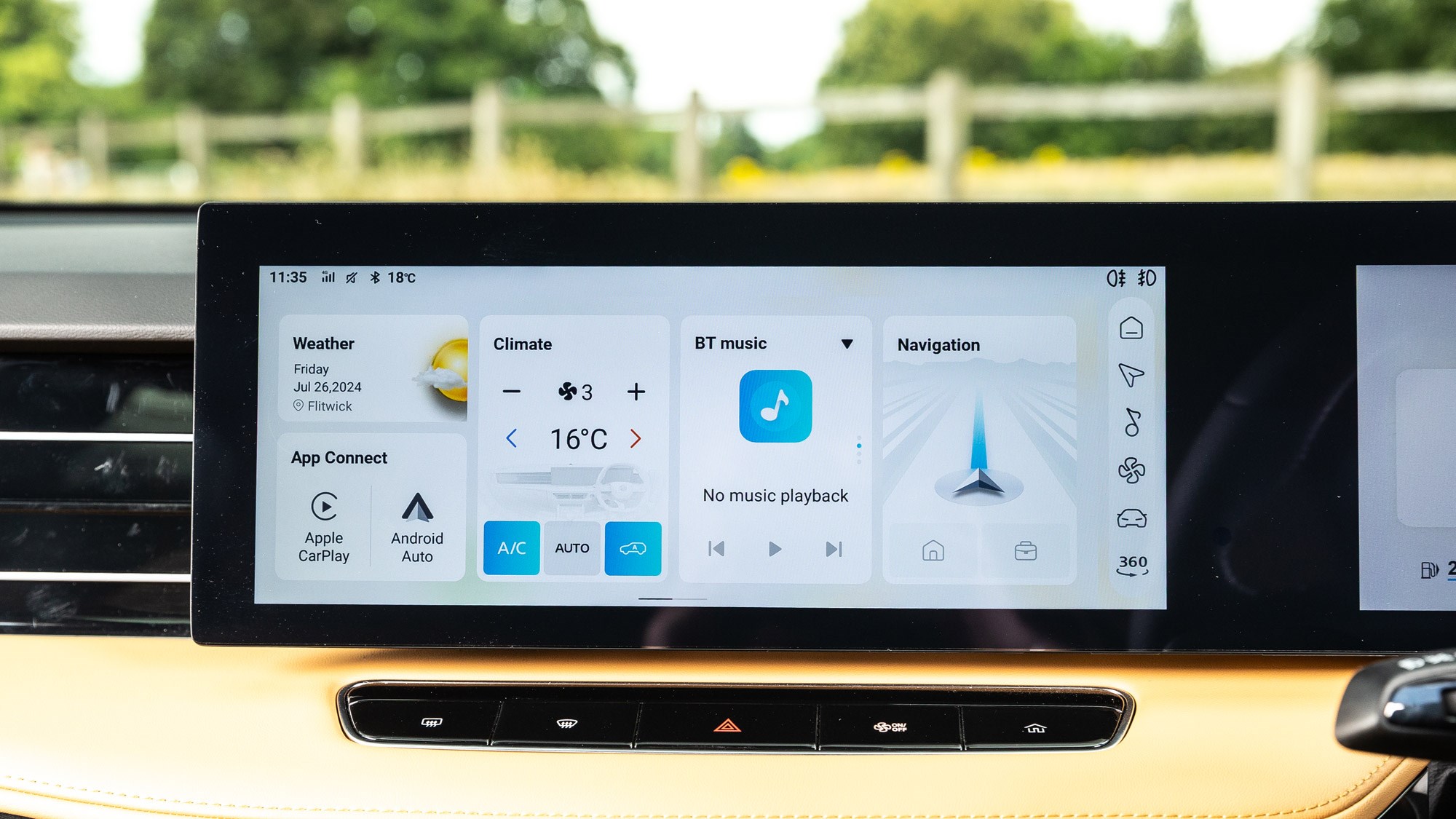
It’s a fairly sizable £2,500 jump to the top-spec Trophy, with extras including leather-style upholstery, heated front seats, a 360-degree camera and wireless smartphone charging.
Verdict
Few manufacturers have improved quite so much in such a short space of time as MG. The new HS is another excellent demonstration of its increasing dominance, with the firm targeting being a top 10 brand by the end of year, which will potentially mean ousting the British institution that is Vauxhall.
It’s a bold ambition, but the new HS is another huge improvement. Better to drive, smarter inside and yet still outstanding value – plug-in hybrid especially. Given how many of the of the original HS were sold – and what a decidedly average product it was – things look very positive now MG finally has a family SUV that can be recommended.